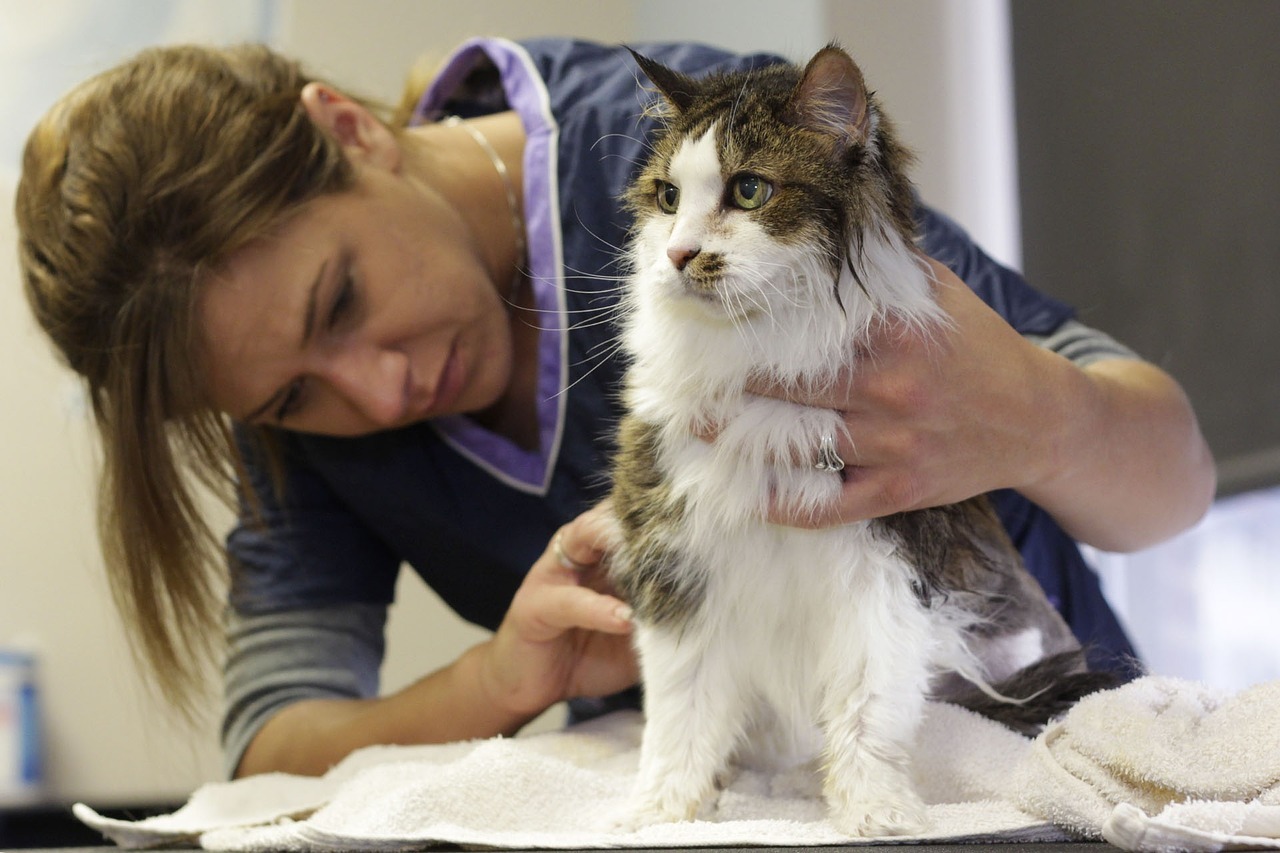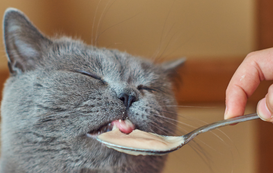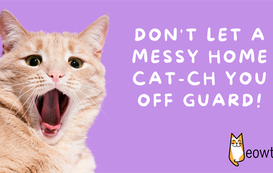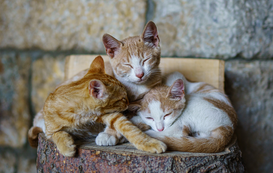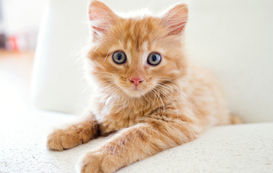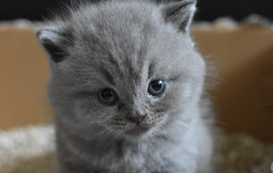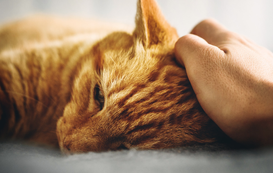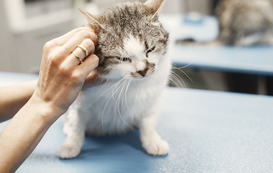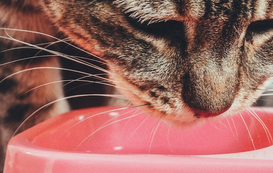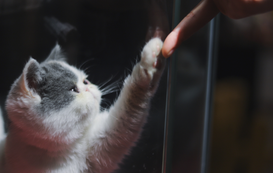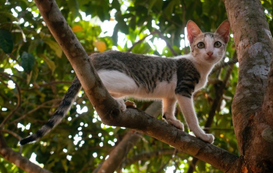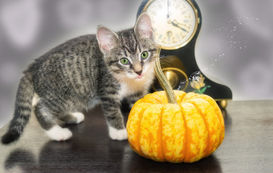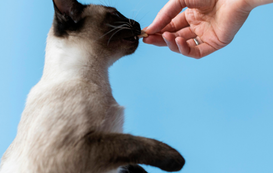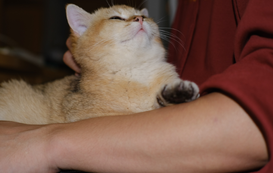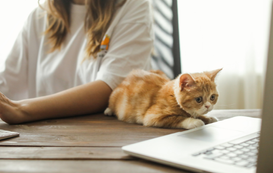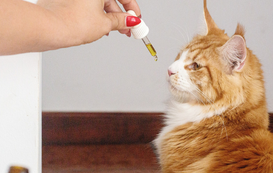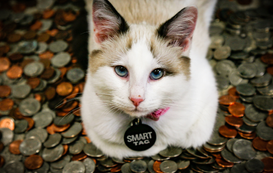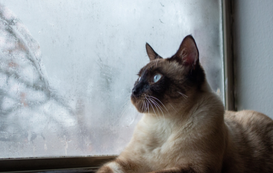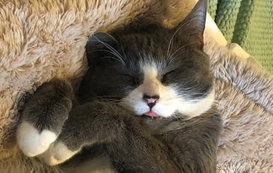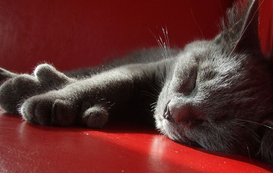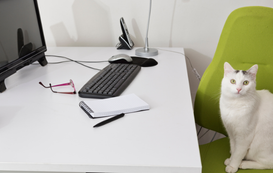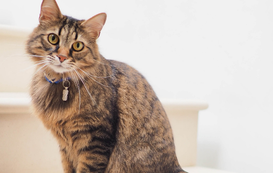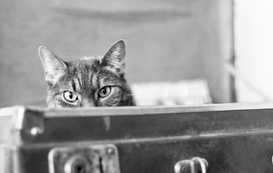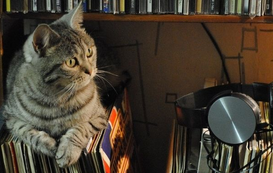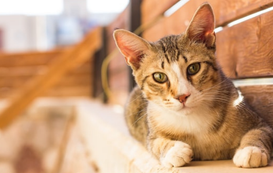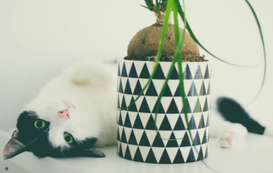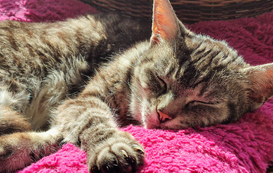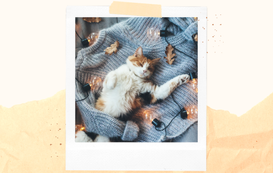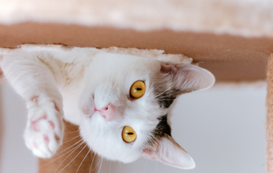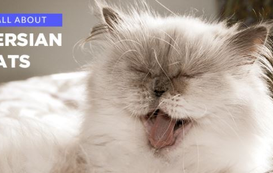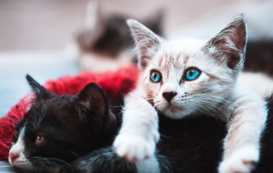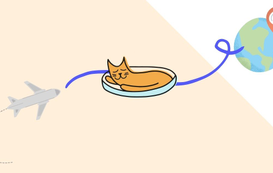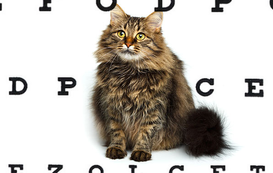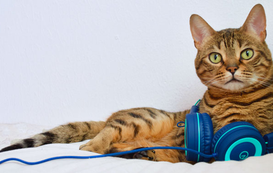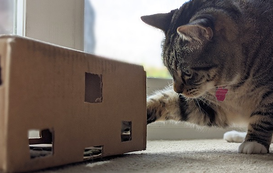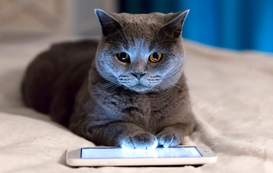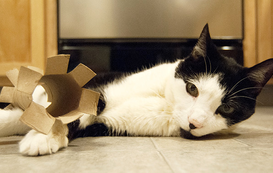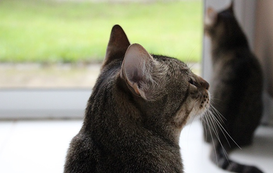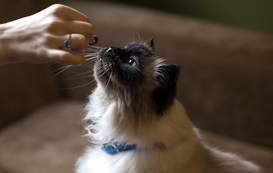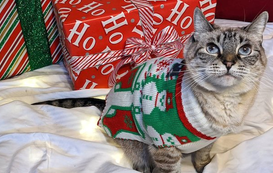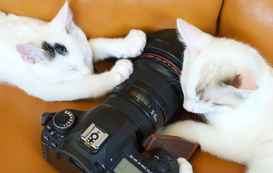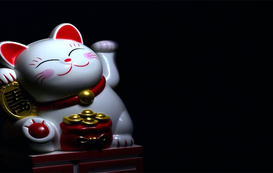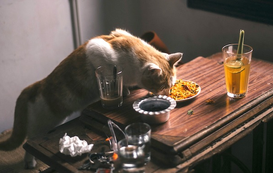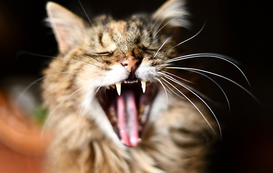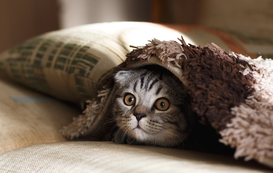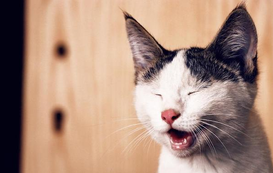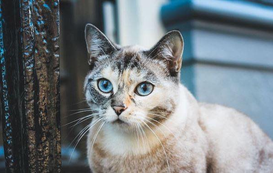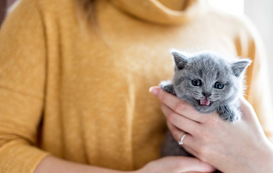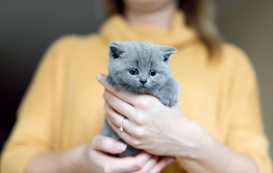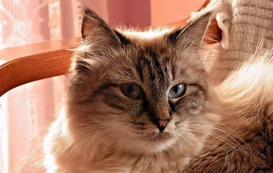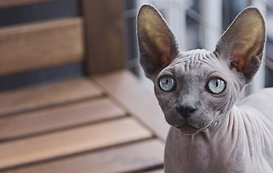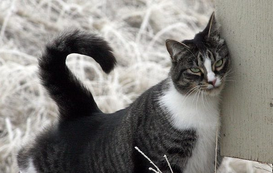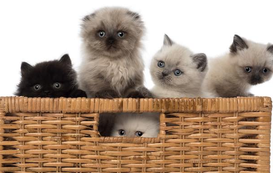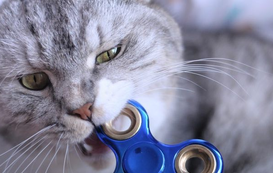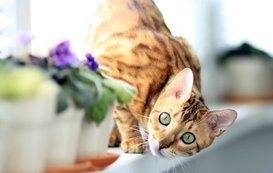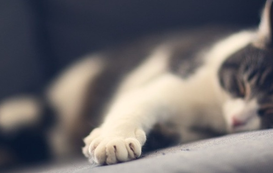Popular posts
How To Groom Your Long-Haired Cat
Sometimes it can feel like a lot of work to groom your cat, especially if they're of the long-haired variety! When untended or unmaintained, long-haired cats can develop nasty mats, which can even cause pain to your furry friend at times.
Meow-ch!
Don't worry though - grooming your long-haired cat is easier than it seems! There are lots of great resources out there, and we're here to help you through the process. All it takes to avoid mats and other related issues is a little bit of routine, a moderate amount of patience, and a whole lot of love for your sweet pal! We’ll walk you through it step by step, so you can get a feel for how to approach it with your own cat(s).
Here are the steps to grooming your long-haired cat.
Steps to Grooming Your Long-Haired Cat
1. Use a wide-tooth brush to brush your cat's fur.
Using a wide-tooth brush to groom your long-haired cat, brush every area of the cat's fur. Be sure to get their head, back, sides, butt, and belly, and especially the areas where their hair is longest. When brushing your cat's belly, remember that they're extra sensitive down there, so you'll want to soften up your strokes, especially if your cat is having trouble accepting it or sitting still.
Picking out the right brush or brushes is also significant - some are better than others, and many include multiple features or modes which can add some versatility to your repertoire without you having to buy multiple brushes.
As an aside, you will likely know by this step whether or not your kitty is going to put up with being brushed or not. If not, it can be helpful to offer them treats, toys to hold and bite, and/or to have another person hold them down while you brush them. Whatever you do, be sure to give them a little extra love afterwards if they struggled through it!
2. Remove any mats or knots using a shaving device, flea comb, or mat splitter.
Depending on the severity of your cat's mats, you'll need to use the right tools for the job to completely remove these nuisances. Usually, this step can be completed with one or more of the following: a trimming/shaving device or clippers, a flea comb, or a mat splitter.
Clippers and other shaving devices should only be used if there are no other options. Typically this is only necessary if your cat's mats are so resilient that they won't unravel with a flea comb or mat splitter. Some cats with extra thick fur will deal with this more regularly than others. It’s also fairly common to have to shave mats off, and while the process is fairly straightforward, you must be extra careful not to knick your cat’s skin because it can really hurt them, and especially those with skin conditions. And ultimately, by grooming them more often, you shouldn’t have to shave them very frequently in the future.
A flea comb is typically used to offer relief to cats who are going through treatment for fleas. While that's the main purpose, they can also be extremely useful for grooming long-haired cats and helping to remove mats because of their small teeth. Using this or another fine-tooth comb-like device, you must use extreme caution in order to avoid tugging at your cat's fur by their mats. Using a flea comb, be sure to softly get under the mat to begin gently loosening it up.
A mat splitter, sometimes also known as a cat dematting tool, is an effective tool that was actually designed for the specific purpose of dismantling mats from long-haired cats! This is probably the best option in conjunction with a shaving device of some sort. Still, it's important to exercise caution and pay attention to your cat's reaction to avoid causing any unnecessary trauma and pain.
3. Use a fine-tooth comb to further brush your cat’s fur.
After your cat's mats are gone, you'll already begin to notice a major difference in the way their fur feels. Next, you can use a fine-tooth comb to brush out any remaining loose hair, and to further brush each spot on your cat's body. This will also spread your cat's natural oils over their entire coat, giving them a slight extra sheen and a lot of extra softness to the touch.
4. Use a grooming glove or a soft brush to brush one last time.
This will perform virtually the same function as the last step, though it's softer and a little easier than using a fine-tooth comb, and it will be a little more effective in removing some of those extra loose hairs. There's quite a variety of grooming gloves out there, so be sure to look into which gloves work best for you and why.
5. Optional other steps!
While the aforementioned steps will get your kitty back to sleek, smooth fur, there are a few extra things you can do to help! These are all optional in the process, but depending on your cat's needs you may find them necessary, and many people swear by them.
Chemical Products
Certain products are made to benefit your cat's coat. These include detangling sprays, deshedding, hairball prevention, deodorizers, shampoos and conditioners - both waterless and for bathing - and a whole slew of other products which are designed to help cats have the perfect coat. Using these after grooming, especially detangling sprays, will also make it easier for you and your cat to go through the grooming process in the future.
Routine Maintenance
Creating a schedule and sticking to it can help your cat feel extra comfortable! The more you groom your cat, the more your furry friend will get used to it and the easier it will become. Maybe you always groom your cat after breakfast on Mondays, or before dinner on Thursdays! Whatever you do, creating routines for your cat provides structure and ease of mind, allowing them to learn that “being groomed is actually a good thing, and I like it!”
Bathing Your Cat
While cats are known for being low-maintenance due to them bathing themselves, sometimes human intervention is necessary. Bathing your cat can help get rid of oils and remove unattached hair. Getting your cats into the water may be a whole other difficult task, but it can be seriously worth it if normal grooming isn't completely eliminating your cat's issues or if they’re needing groomed several times a week.
It’s Like a Whole New Cat!
You'll quickly find that, after you're done grooming your cat, their fur will feel like they're a kitten again (unless they are a kitten already, then their fur will feel godly)! Making it a week-to-week habit to groom your long-haired cat will drastically improve their quality of life, and it's also just a good excuse for some bonding time with your cat!
While it can be intimidating to enter into regular groomings, you can also save yourself some time and money by doing these things at home instead of taking them to a groomer! Your cat won't have to travel, and you can simply get into the habit yourself, based on your cats' needs.
In any case, it's super important to keep an eye on your cat's fur and to know when to intervene. Your cat will appreciate your interventions, even if it doesn’t seem like it at the time - they'll simply reap the benefits of having a flawless fur coat, and even others who pet your cat will be impressed by the perfection of your cat's fur. Grooming your long-haired cat is easier than it seems, and we hope you'll do it a little more often now that you know how!
Frequently Asked Questions
Q: What are some tips for acclimating a cat that's resistant to grooming, beyond treats and toys?
A: Acclimating a cat that's resistant to grooming involves patience and gradual exposure. Start with short grooming sessions, using a calm and gentle approach, and gradually increase the time as your cat becomes more comfortable. Incorporating positive reinforcement through affection and calm praise can also help build a positive association with grooming.
Q: Are there any specific breeds of long-haired cats that require unique grooming tools or techniques?
A: Certain long-haired breeds, like Persians and Maine Coons, might require specialized grooming tools due to their unique fur textures. A slicker brush can be effective for removing loose fur and preventing mats, while a wide-tooth comb can gently detangle without pulling.
Q: How can I tell if my cat's skin is healthy, and are there signs of irritation I should look out for during grooming?
A: Monitoring your cat's skin health during grooming is crucial. Look for any signs of irritation, such as redness, bumps, or excessive scratching. Healthy cat skin should be smooth and without lesions. If you notice any abnormalities, consult with a veterinarian to address any underlying issues.
Photo from needpix

